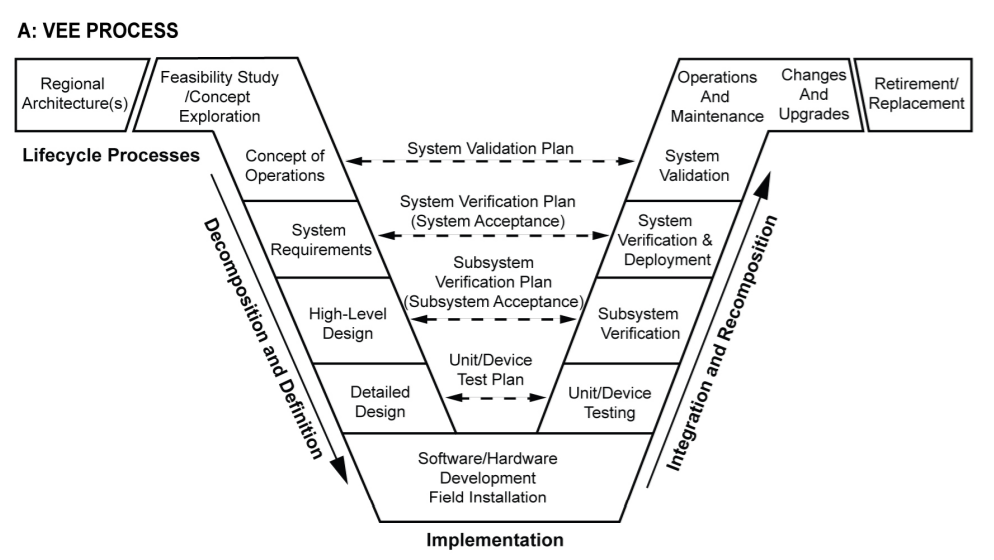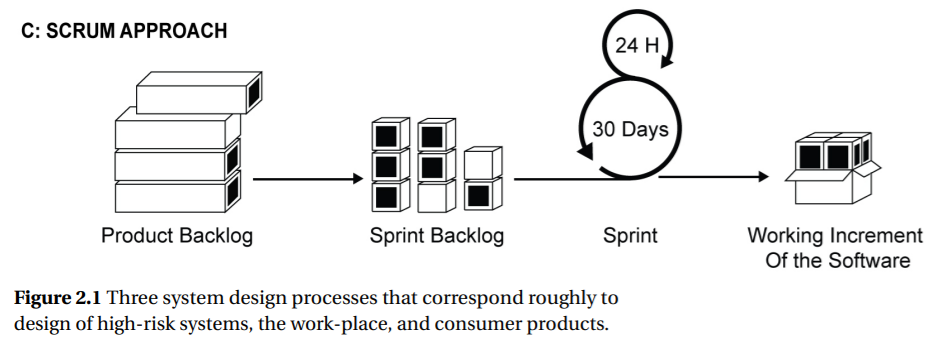2.1 Human Factors in Design and Evaluation
Many products and systems are designed without adequate consideration
of human factors. Designers tend to focus on the technology
without fully considering its use from the human point of
view. In a book every engineer should read, Norman [23] writes:
Why do we put up with the frustrations of everyday
objects, with objects thatwe can’t figure out howto use,
with those neat plastic-wrapped packages that seem
impossible to open, with doors that trap people, with
washing machines and dryers that have become too
confusing to use, with audio-stereo-television-videocassette-
recorders that claim in their advertisements
to do everything, but that make it almost impossible
to do anything?
Even when designers attempt to consider human factors, they
often complete the product design first and only then hand off the
blueprint or prototype to a human factors expert to evaluate. This
expert is then placed in the unenviable position of having to come
back with criticisms of a design that took several months to develop.
It is not hard to understand why the design team would be less than
thrilled to receive the results of a human factors analysis. Designers
clearly believe in the design, and so are often reluctant to accept human
factors recommendations. Bringing human factors analysis at
the end of the design process places everyone involved at odds with
one another. Because of the initial investment and the designer’s
resistance to change, the result is often a product that is not particularly
successful in supporting human safety, performance, and
satisfaction. Effectively integrating human factors considerations
depends on understanding the system design process.
Y Considering human factors
at the start of the design
smooths the design process.
2.1.1 System Design Processes
Systematic design processes specify a sequence of steps for product
analysis, design, and production. Even though there are many
different design processes, they generally include stages that reflect
understanding the users needs (pre-design or front-end analysis activities),
creating a product or system (prototypes, pre-production
models), evaluating how well the design meets user’s needs; all of
which is an iterative process that cycles back to understanding the
user’s needs. Product lifecycle models, are design processes that include
product implementation, utilization andmaintenance, and
dismantling or disposal. Design processes differ to the degree that
they are defined by sequential steps or by iteration, flexibility, and
adaption to uncertainty.
Vee process
Figure 2.1 shows three common design processes,
the first is the Vee process, which is often used in the design of
large, high-risk systems, such as the design of a new aircraft, where
sequential development is possible and verification, validation,
and documentation are critical. The Vee shape starts with a broad
system description and design requirements, which are decomposed
into detailed requirements. For the dashboard of a car, these
detailed requirementsmight include information elements, such
as speed and level of the gas tank. Design of these components
are then integrated and verified by comparing them to the original
system requirements. In the Vee process, the general specifications
are well-defined at the start and emphasis is given to documenting
a successful implementation of those specifications.
Plan-Do-Check-Act cycle.
A second design model is the Plan-
Do-Check-Act cycle (PDCA), which is commonly used to enhance
workplace efficiency and production quality [30]. The cycle begins
with the target improvement. The Plan stage describes objectives
and specifies the targeted improvement. The Plan is then implemented
in the Do stage where a product, prototype or process
is created. The Check stage involves assessing the intervention
defined by the Do stage to understand what effect it had. Act completes
the cycle by implementing the intervention or developing a
new Plan based on the outcomes. This cycle reflects the scientific
management approach of Taylor in that each plan represents a
hypothesis of how the system or product might be improved.
Scrum process
A third design model is the Scrum approach,
which is more typical of consumer software products, such as
smartphone and web applications, where an iterative and incremental
approach is needed to resolve uncertainty in design requirements.
The Scrum approach focuses on creating products
and using those products to discover requirements [31]. Early prototypes
reveal design opportunities that are visible only after the
technology has been implemented. Central to the Scrumapproach
is delivering systemcomponents quickly and accommodating requirements
discovered during development. “Sprints,” which are
short duration efforts, typically 24 hours to 30 days, focus effort
Figure 2.1
Three system design processes that correspond roughly to
design of high-risk systems, the work-place, and consumer products.
on quickly producing new iterations of the product. The Scrum
approach is well-suited to situations that demand high degree
of innovation, such as those where technology changes rapidly
and potential applications emerge abruptly. This flexibility is why
such techniques are sometimes termed agile design The Scrum
approach relies on close interaction between co-located workers
to develop solutions in an ad-hoc manner and therefore, the approach
tends to place less emphasis on standardized work processes,
documentation, and testing.
As noted in the introduction, cars are increasingly becoming
highly computerized consumer products. Consequently, one might
think a Scrumapproachmight be appropriate for designing a car
given the rapidly changing technology and the associated need
for innovation to stay ahead of competitors. Rapid technology
change makes it difficult to specify detailed requirements in advance.
Cars also have elements of high-risk systems that intensify
the demands to verify and validate critical safety features,making
the “Vee” model more appropriate. Such design situations demonstrate
the need for a hybrid approach that combines elements of
the Vee, Plan-Do-Check-Act, and Scrum.
Vee process focuses on methodical
implementation,
PDCA guides incremental
improvement, and Scrum
focuses on fast iteration.
Integrating Human Factors into design processes.
Effectively
integrating human factors considerations depends on matching
the methods to the demands and opportunities of the particular
design process. For example, with a short development timeline
there may be no opportunities for time consuming human factors
methods. Some of themethods described in this chapter, such as a
comprehensive task analysis, provide an accurate description, but
require weeks to months to complete. Such comprehensive methods
best fit the Vee model. Other methods that provide a less accurate
description, such as an informal observations or an Internetbased
survey, might be completed in days. These rapidmethods
best fit the Scrum model. Human factors methods trade accuracy
for speed. Understanding how to make this speed-accuracy tradeoff
is critical for inserting human factors considerations into design.
Y Select human factors methods
that fit the demands of
the design process.


